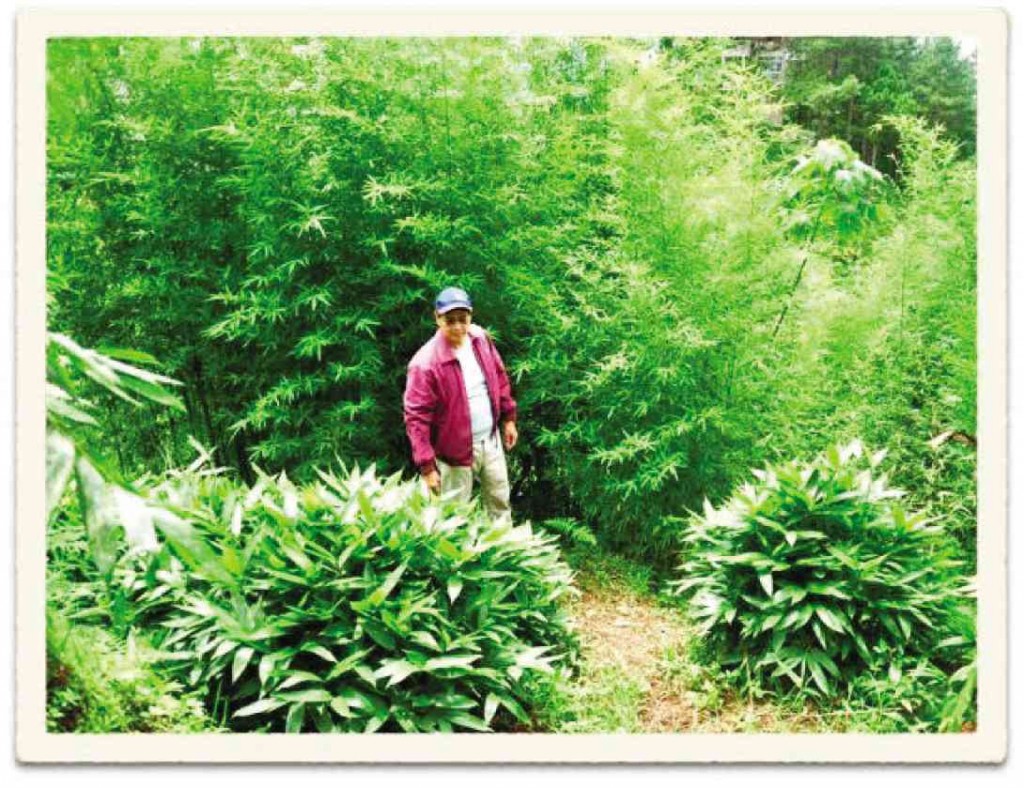Bamboo eyed to stop Kennon Road erosion
The versatile grass that is the bamboo may soon be playing another role in the construction and public works sector.
Philippine Bamboo Foundation president Edgardo Manda told Inquirer Property on Thursday that his team was “experimenting” on a runner bamboo species to be used on an erosion control project on Kennon Road.
“Using the runner bamboo species was the first-ever experiment. Its invasiveness will help cover a wide topsoil to minimize erosion,” Manda said, adding that the planting of the bamboo species will start in Kennon Road’s Twin Peaks between Camps 1 and 2.
Manda described: “The planting strategy is in pocket areas starting at the fort of hilly areas. The character of running bamboo is to spread sideways and upward.”
Use of bamboo
Manda has also been advocating to various engineers the structural properties of bamboo and its various applications. He urged the country to “level up” to the use of bamboo for housing construction, and to use bamboo for technology applications.
“The Philippines is behind in research and development on bamboo. Countries like India, Vietnam and Colombia are already making headway in the inclusion of bamboo in their building code,” said Manda. He added that the Philippines has to catch up in developing commercial bamboo plantations to sustain the supply of raw materials in various technology applications.
“The elusive inclusive growth is right here; develop the bamboo industry,” he said.
Manda told Inquirer Property during a 2014 prototyping of bamboo-cement technology for earthquake-proof and storm-proof houses for Habitat for Humanity: “In the Philippines, the use of bamboo in the construction of houses has not been as extensive as it should be because the material—a form of tall grass—is not recognized as a conventional construction material under the building code.” He foresees, however, the rise of bamboo in the property industry as timber replacement due to the scarcity of wood.
Abundant
Bamboo (kawayan in the vernacular) can be found everywhere. Manda said it is “as abundant as it is hardy, a symbol of Filipino resilience. The bamboo sways with the strongest of winds, and bends unbreakable in extreme weather.”
The bamboo has long been used by Filipinos for various construction needs. It has also been present in homegrown innovations, such as that of architect Edilberto Morcilla’s floating shelters (as classrooms, homes, carports), of which he points out in the technical description that “in areas where strong current and debris can occur, the most practical and cheapest solution is to plant bamboo all around the house.”
The Department of Trade and Industry revealed during the National Bamboo Congress in October 2012 a shortfall of 2.35 million bamboo poles annually to cover the demand for local furniture and handicraft industry.
The Forest Products Research and Development Institute (FPRDI), in a statement released in February 2013, said “engineered” bamboo may soon become a more popular material for making housing components and furniture in the Philippines due to FPRDI’s efforts at improving its quality.
The FPRDI coined its improved bamboo materials as “e-bamboo” and said its “engineered bamboo includes a wide range of composite products manufactured by binding together bamboo strips, slats, strands, particles, fibers or veneers with a suitable glue.”















